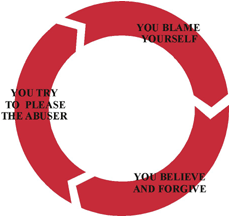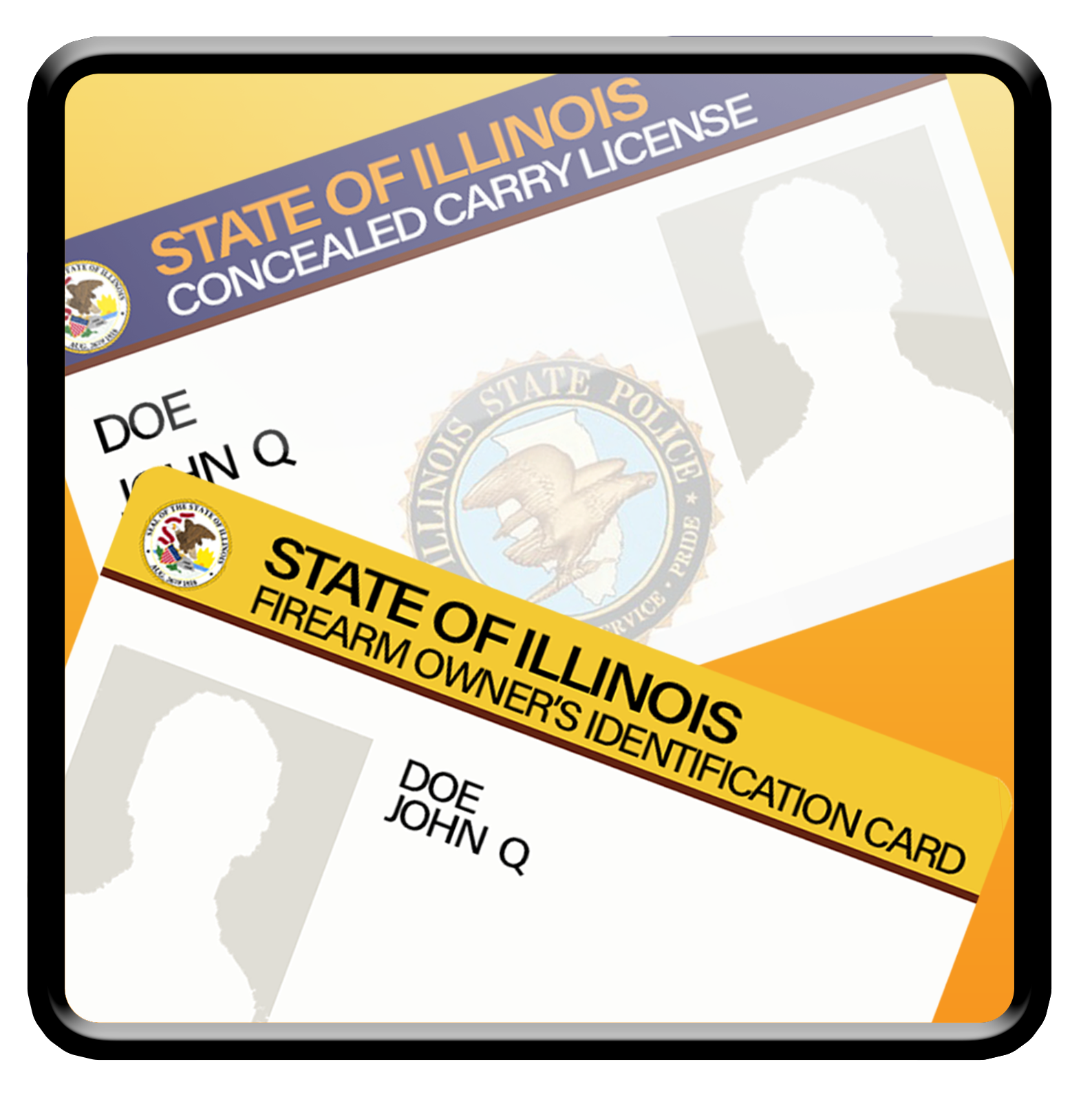Domestic Violence - The Law in Illinois
In the last decade, government’s response to this societal problem has increased, both in effort and in effectiveness. The Illinois Domestic Violence Act of 1986 ushered in a new era for our state. Recent Supreme Court rulings have put more "teeth" into the law by effectively mandating that law enforcement act to protect victims of domestic abuse.
According to Illinois law, police officers must take steps to protect a victim of domestic abuse whenever a "family or household member" has committed any act of "abuse."
"Family or Household Member" includes:
- spouses and former spouses
- parents, children and stepchildren
- persons who formerly shared the same home
- persons who dated or were engaged, regardless of gender
- persons who allegedly have a child in common
- persons with disabilities and their personal assistants
"Abuse" includes:
- physical abuse (pushing, hitting, forced sex, not allowing you to leave)
- harassment (creating a disturbance at your job, repeatedly telephoning, following or watching you, preventing you from seeing your child, threatening to hurt you)
- making a child or other person watch abuse
- forcing you to do something you don’t want to do
- denying a disabled person access to needed care
Facts & Myths
Facts About Domestic Violence
- Every 15 seconds in the U.S. a woman is beaten.
- Domestic violence results in more injuries that require medical attention than rape, accidents and muggings combined.
- Two in five women who are murdered are killed by their husbands.
- At least 95 percent of all cases of partner abuse involve a man beating a woman.
- Woman abuse happens in all classes and races. It occurs at every level of income and education.
- Violence in the home usually becomes more frequent and severe over time. The abuser’s apologies do not mean the violence will not occur again.
- Children who grow up in violent homes come to believe that violence is normal. They come to believe that it is an acceptable way to control someone else. The majority of adult violent prisoners were raised in violent homes.
- Violence is often part of a pattern of threats, insults, insane jealousy, explosive temper, and attempts to isolate and overpower the woman.
Myths About Domestic Violence
- A man's home is his castle. No one should interfere with the family.
Battery is a crime! No one has the right to beat another person.
- A woman who gets beaten brings it upon herself by nagging or provoking her spouse.
People are beaten for reasons as ridiculous as: the dinner is cold; the TV was turned to the wrong channel; the baby was crying. Abusive people refuse to control their violent impulses. Even where the person may have reason to be angry, they have no right to express their anger violently.
- A person who stays with an abuser after being beaten must like to be beaten.
Being beaten hurts and no one likes it. There are many reasons why victims remain with abusers including their fear of further violence, the financial hardship of leaving, religious reasons, their emotional attachment to their partners, and their belief that families should stay together.
The Domestic Violence Cycle

Domestic violence is when one person tries to control another. It is a cycle which repeats itself.
Once a violent act takes place in a relationship, the violence almost always reoccurs. In fact, it tends to get more severe. In the event of physical abuse:
- Get medical attention for any injuries.
- Save anything that proves your side of the story(evidence).
- Have someone take photographs of your injuries and any damage.
- Give your child's teachers a copy of the Order of Protection.
What Must Police Do?
Police officers must take action to protect the victim of domestic abuse. This includes:
- Arrest the abuser when there is enough information to believe a crime has been committed.
- Accompany victim to remove personal belongings from their home and provide for the victim's transportation to a safe place.
- Inform victim of the procedures and relief available and their right to file charges against the abuser
- Complete a police report and provide the officer's name and ID# to victims.
What You Can Do - Order of Protection
An Order of Protection is a legal order from a judge used to help protect victims of domestic abuse. It contains "remedies" which order an abuser to take certain actions or prohibits him from taking certain actions. The abuser, listed as the "respondent," can be arrested for violating certain remedies listed in an order of protection. A protected person cannot be arrested for violating an Order of Protection.
How to Obtain an order of Protection
An order of protection is available to family or household members who have suffered domestic abuse. Request an Order of Protection by:
- Contacting a local domestic violence program and asking for help. To locate the nearest program, call 1-800-799-SAFE(7233).
- Going to the local circuit clerk’s office and asking for help.
- Asking an attorney to file a petition in civil court (such as divorce court).
- Requesting an order after criminal charges have been filed.
What You Can Do - If You Decide to Stay
Staying in an abusive relationship can be dangerous. If you decide to stay, consider these safety tips:
- Change the locks.
- Install a security system, smoke alarms and outside lights.
- Pre-program emergency numbers into the telephone.
- Tell neighbors and ask they call police right away if they see the abuser.
- Notify work and try to arrange for your calls to be screened.
- Report any violation of the Order of Protection right away. Call 9-1-1.
What You Can Do - If You Decide to Leave
Leaving an abusive relationship, even for a short time, can be difficult and dangerous. Leaving can be made easier and safer when you involve police and victim advocates and remember to bring along the following items:
- Money, your checkbook, credit cards, ATM cards
- Identification (for self and the children): birth certificates, social security cards, welfare I.D., school and work I.D., green cards, work permits, etc.
- Important papers such as your divorce papers; school records; lease, rental agreement or house deed; and insurance papers
- Order of Protection–if you have one, keep it with you at all times.
- Medical records
- Medications (prescription and over-the-counter)
- Keys for car, house and work
- Change of clothing
- Address book
- Mortgage/rent payment book
- Current unpaid bills
- Pictures or other items of sentimental value
- Children’s favorite toys, blankets or other items























